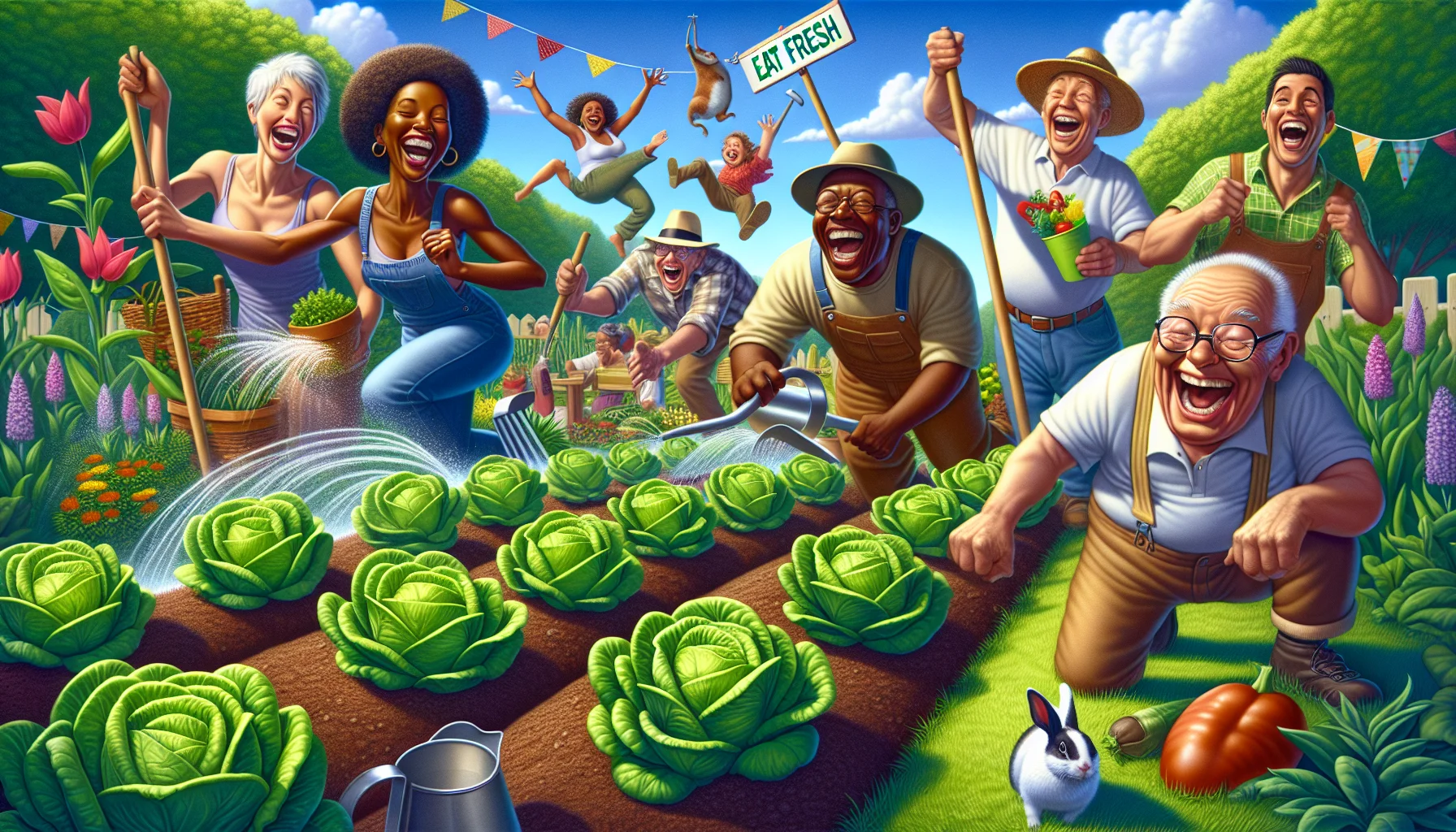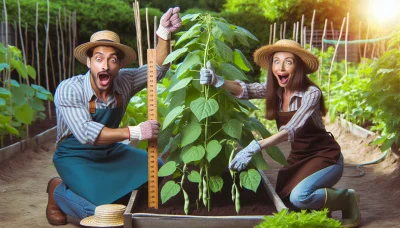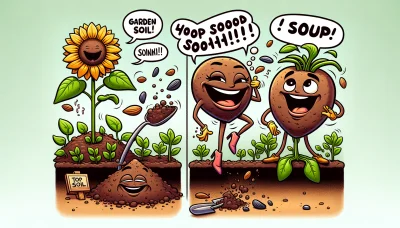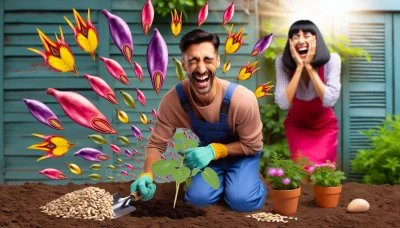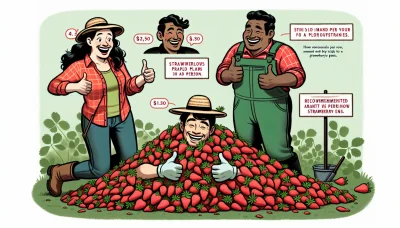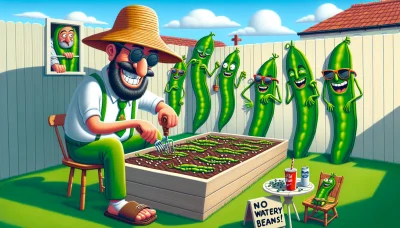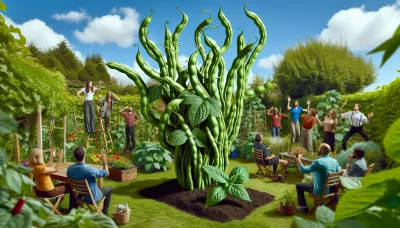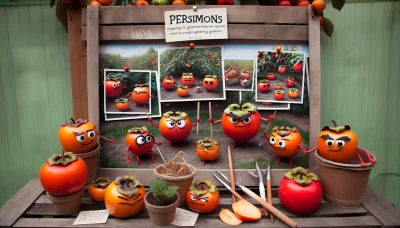Growing bibb lettuce Quiz
Test Your Knowledge
Question of
The Basics of Growing Bibb Lettuce
Bibb lettuce, also known as limestone lettuce, is a variety of butterhead lettuce with a soft head and tender, sweet leaves. Its small, round, and loosely formed heads distinguish it from other lettuce types. Bibb lettuce is highly prized for its sweet flavor and tender texture, making it a favorite among both gardeners and chefs. Its ability to thrive in cooler temperatures and its relatively quick maturation period make it a popular choice for gardeners looking to harvest fresh lettuce without a long wait. Furthermore, its compact size makes it ideal for container gardening or small garden spaces, adding to its appeal among those with limited gardening areas.
Choosing the Right Soil for Bibb Lettuce
- pH level: Ideally between 6.0 and 6.8
- Soil composition: Rich, loamy soil with plenty of organic matter
- Drainage requirements: Well-draining soil to prevent waterlogging
Planting Your Bibb Lettuce
The best time to plant Bibb lettuce is in the early spring or fall when the soil temperature is cool. Ideally, the seeds should be sown directly into the garden or containers about 1/4 inch deep. For optimal growth, space the plants about 6 to 8 inches apart in rows that are 12 to 18 inches apart. This spacing allows for adequate air circulation around the plants, reducing the risk of disease and ensuring each lettuce has enough room to grow.
Caring for Your Bibb Lettuce
- Watering: Water your Bibb lettuce early in the morning to ensure the soil is moist but not waterlogged. Aim for at least 1 inch of water per week, either from rainfall or supplemental watering.
- Fertilizing: Use a balanced, water-soluble fertilizer every two weeks. Be careful not to over-fertilize, as this can lead to rapid growth that weakens the plant.
- Weeding: Keep the area around your Bibb lettuce free of weeds. Weeds compete for nutrients and water, so regular weeding will help your lettuce grow strong and healthy.
Pest and Disease Management for Bibb Lettuce
Bibb lettuce, known for its tender leaves and sweet flavor, is susceptible to a variety of pests and diseases that can affect its growth and yield. Common pests include aphids, slugs, and caterpillars, which feed on the leaves, causing damage and potentially transmitting diseases. To manage these pests, it's advisable to use integrated pest management practices such as introducing natural predators, applying insecticidal soaps, or using barriers like copper tape for slugs. Diseases like downy mildew, powdery mildew, and botrytis rot are also prevalent in Bibb lettuce. These can be prevented or minimized by ensuring proper plant spacing for adequate air circulation, practicing crop rotation, and applying fungicides when necessary. Additionally, maintaining a clean growing area by removing plant debris can help reduce the chances of disease. By taking these preventive measures and being vigilant about monitoring for pests and diseases, growers can help ensure a healthy and productive Bibb lettuce crop.
Harvesting Bibb Lettuce
Knowing when Bibb lettuce is ready to harvest is key to enjoying its tender, buttery leaves at their peak. Typically, Bibb lettuce is ready to harvest approximately 55 to 60 days after planting. Look for outer leaves that are lush and have reached a size of about 4 to 6 inches. The heart of the lettuce should feel full and firm when gently pressed. To harvest, you can either pick the outer leaves, ensuring you leave the inner leaves and the center of the plant intact for continued growth, or you can harvest the whole head by cutting it at the base, about an inch above the soil line. This method may not allow for regrowth, but it can help prevent disease and pests by keeping the garden tidy. Always harvest in the morning when the leaves are crisp, full of moisture, and at their peak of freshness.
Storing and Enjoying Your Bibb Lettuce
| Storage Tips | Recipe Ideas |
|---|---|
| Keep it in the refrigerator crisper drawer. | Bibb Lettuce Wraps with Grilled Chicken |
| Store in a plastic bag with a paper towel to absorb moisture. | Simple Bibb Salad with Apple and Walnuts |
| Avoid washing until you're ready to use it to prevent wilting. | Bibb Lettuce and Strawberry Salad |
| For best freshness, use within 3-5 days of purchase. | Avocado and Bibb Lettuce Sandwich |
